I have two minds about independent bottler Alexander Murray. Originally, they were the masterminds behind the quite excellent Trader Joe’s and Costco/Kirkland single malt bottlings. These were quite-good vattings at mass-market scale listed at very attractive prices. That’s a great way to build a brand, and Alexander Murray has capitalized on this success by expanding into more traditional independent bottler territory. You can now find Alexander Murray single-cask bottlings as well as experimental series such as Bon Accord and Polly’s Casks. I say “two minds” because while I very much appreciated getting 20 year-old sherried single malt for $50, I have not loved some of the more recent stuff with the Alexander Murray name on it.
This bottling is a “Double Cask” vatting of Tullibardine single malt, using both ex-bourbon casks as well as “Double Barrel Ale” beer casks from California brewery Firestone Walker. I went to college nearby Firestone Walker’s central coast brewery and have fond memories of their beer… I still drink a lot of “805”. The Tullibardine that was finished in the ale casks spent 1 year there, but we don’t know the full ages of the components. Interestingly, those ale casks – 60 of them – were shipped across the Pacific ocean to be filled with Tullibardine and matured in Scotland. The name “Polly’s Casks” refers to David Walker’s wife Polly who coordinated this collaboration.
The vatting is bottled at a bare minimum of 40% ABV and originally retailed for $100, although it’s now available for closer to $60 at some locations. I would probably not have risked $100 on a no-age-statement independent malt from a little-known distillery, but as this was one of the choices available to me with my Flaviar subscription, I grabbed a bottle.
Nose: Classic Highland malt, with hints of hay and unripe stonefruit (think crunchy peaches). At 40% ABV the nose tickle is so slight that it almost SMELLS watered-down. A ghost of lemon peel is the only other note I can tease out. One-dimensional, verging on bland.
Palate: Thin body. Sweet, with a clear honey note. Almost nonexistent tongue burn, but isn’t as watery as I feared. Malty cereal notes and a little oaky vanilla, and that’s about it. No off notes.
Finish: Short. A bit of minerality sneaks in, but mars the sweetness with a metallic twang. Fades quickly, leaving only a little oak tannin behind, and something bitter that could be hops from the ale casks, but it could also be my imagination.
With Water: A couple of drops of water bring a new pear note, which was sorely needed. It is, however, fleeting. The palate sparkles a little more. Add a few drops of water if you find this bland, but not too much lest you dilute it.
Overall: I had higher hopes for the ale casks, which are nowhere to be found. Instead, we have the most basic possible Highland malt, with no frills, and more than a few hints of excessive youth. Whereas the better ex-bourbon Highland malts are adorned with fruits, flowers, and other subtle touches… this has none of those things. A disappointment.
Let’s talk for a moment about disappointing bottles. First, I’m very glad I used my “sunk costs” from my Flaviar subscription to get a bottle. Not only did it lower the average price of a bottle (which, after paying upfront for the annual Flaviar subscription, works out to around $40, depending on how highly you value the 50ml tasting kits)… but the subscription also gave me the freedom to experiment with something I might not have ordinarily purchased off the shelf.
Next, I think this is a good time to bring up my friend David Driscoll’s approach to home blending, which is very well-suited to dealing with unfortunate bottles. The other night I poured a glass of this Tullibardine and topped it off with about 20% of the Lagavulin 9 year that I got on closeout recently. The peat from the Lagavulin nicely covered up some of the youthful off-notes in the Tullibardine, while adding some much-needed interest. The Tullibardine, in turn, bulked out the Lagavulin with some body and extra cereal notes. The combination is definitely better than either malt individually. I’m actually looking forward to blending in some other bottles that have been languishing in my cabinet, to see what else I can create.

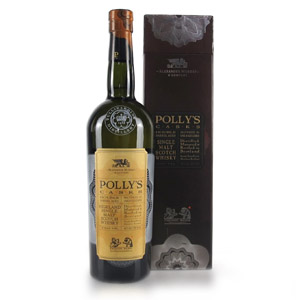


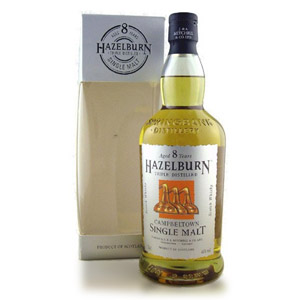
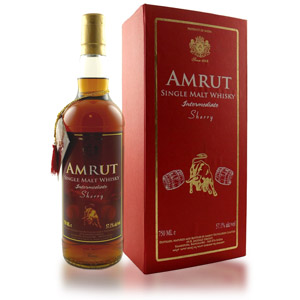
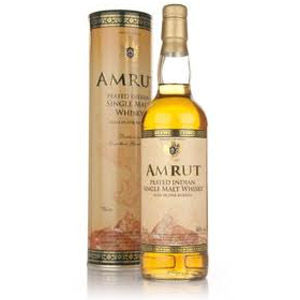
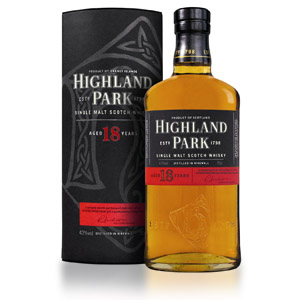
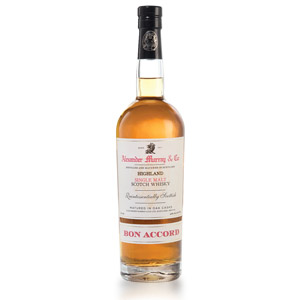
My comment is actually a question. For quite some time now just about every bottle I buy is bottled at a minimum of 46% abv, with GlenDronach 12 being the only regular exception. The more I drink the higher proof stuff, the more I find the weaker stuff to be thin and generally lacking in taste. Do you find the same thing, or is it just me?
I’ve noticed this as well. 46% has become the “standard” if you want your brand to be taken seriously by modern aficionados. I personally think that 45-50% is optimum for flavor in most whiskies. The more water in it, the less flavor, although once you go past ~52% ABV you risk numbing your taste buds which results in relatively *less* flavor. That said, there’s more to flavor than ABV. A heavily oaked or long-matured whisky can still be quite flavorful at 40%. On the flip side, I’ve had some especially thin “blending fodder” style single malts at cask strength that tasted practically like vodka.
Thanks at least it’s not just me. I agree about 45-50% being optimal. Call me crazy but I also really enjoy those tongue numbing ones. I’m currently working my way through batch 12 of Laphroaig CS, and I think it’s just perfect at 60.1% abv. I do seem to be in the minority on that one. I’m glad you mentioned vodka. It’s a perfect description. Since I intensely dislike vodka, especially at room temperature, it makes sense that I would really dislike any whisky that hits those notes.